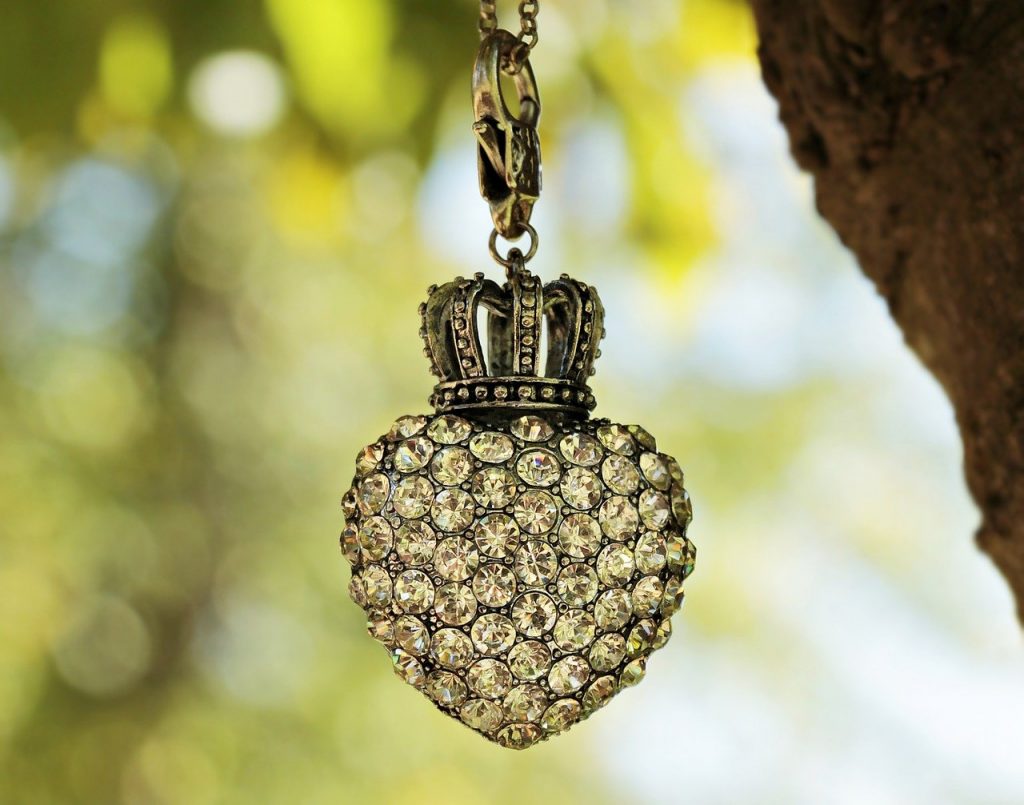Estimated reading time: 7 minutes
Table of contents
Do you want to take diamond photography that sparkles and shines but doesn’t know how? Here are some photo and lighting tips to help you take impressive diamond photos and make diamonds sparkle in photos.
1. Clean Your Diamonds
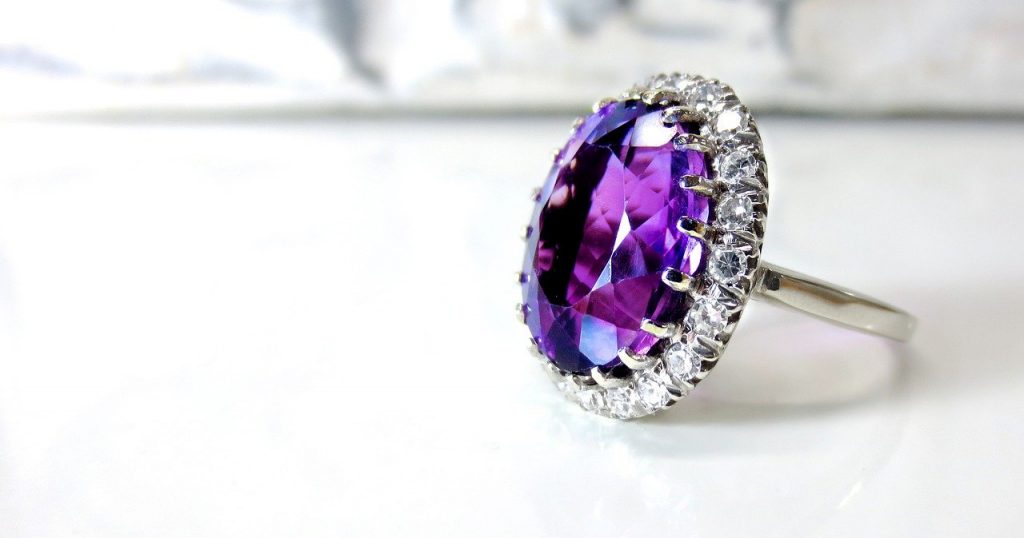
First and foremost, only photograph polished and clean stones. Even if you can’t see dust or dirt with your naked eye, your digital camera will pick up on any flaws and display them in a detailed image.
To remove dust and make your diamonds shine, use wet cotton or microfiber cloths. Wear cotton gloves during the shoot to prevent fingerprints from remaining on the surface.
2. Use a Tripod and Remote Control
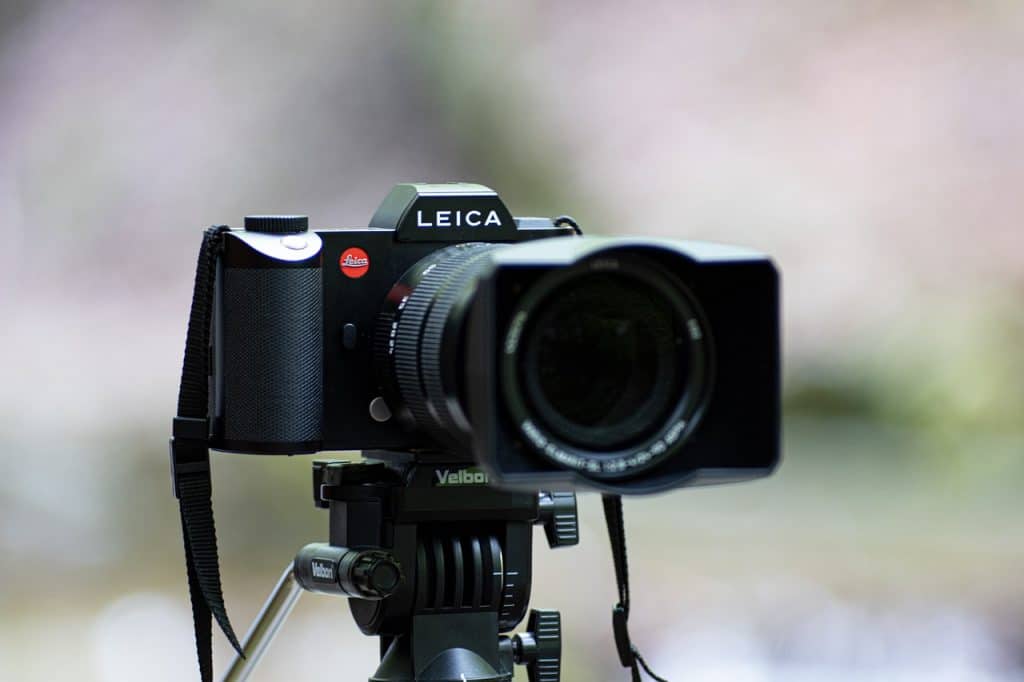
I don’t recommend working with your camera in your hands, especially if you’re using a flash. A tripod will assist you in maintaining consistent framing. You will be able to fine-tune the focus as a result. You don’t need a special tripod for this type of work because a standard budget tripod will suffice.
Remote control is required when photographing artwork and diamonds and avoiding pressing the shutter button on a camera. Because long shutter speeds are sometimes required, touching the camera can cause vibration that will be visible in a diamond photograph.
3. Make a Right Camera Choice

Because of the small size of the matrix, most modern compact cameras have an excellent macro mode. As a result, if you can control the exposure manually, they are an excellent choice for this type of photography.
The Canon EOS Rebel T5 is a great camera for jewelry photography. Manual control is quite adaptable. This model also comes with over sixty interchangeable lenses.
Note: If you want to make some adjustments to the photo just let me know. I can do it for you at a very low cost. You can hire me to edit your photo.
4. Prefer Macro

One of the most important pieces of equipment for diamond image photography is a macro lens. Macro lenses for SLR cameras are likely to be the most expensive. At the same time, they offer stunning jewelry photography that is larger than life.
It is preferable to purchase two macro lenses. First, opt for a close-range shot. It will have a relatively short focal length. You can use it when you need to concentrate on the fine details of a large piece of jewelry. To photograph from a more comfortable distance, the second lens should have a longer focal length.
5. Prefer Soft Lighting
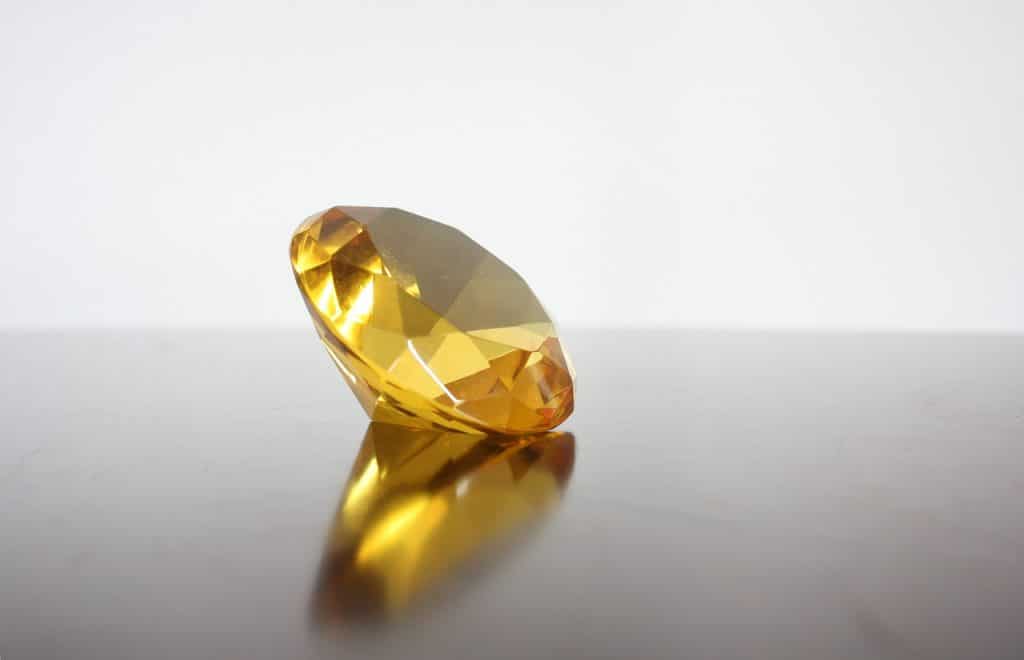
The goal is to achieve soft light with nearly invisible shadows. Working on a black background facilitates this task. Because you are just learning this technique, you should use a reflector to create the illusion of lighting from all sides.
You could always buy a jewelry photography lightbox. It is not expensive. Furthermore, making it yourself is quite simple. All you need is some paper, a box, and a few lamps.
6. Keep a Precise Focus
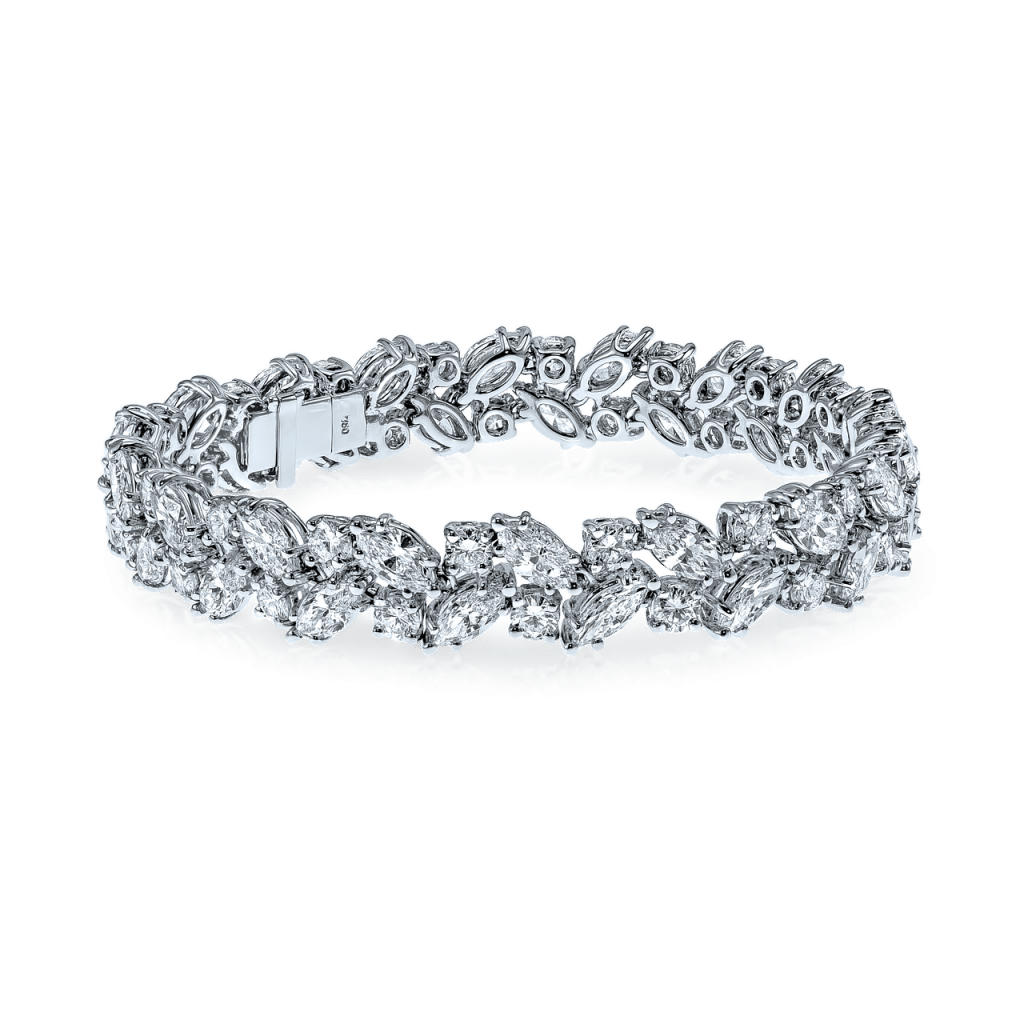
It is critical to get the focus right when photographing diamonds. When photographing, you usually concentrate on the largest diamond in the necklace or the original pendants on the bracelet. However, you must exercise extreme caution because the focus can be turned off even when shooting at close range. Zoom in and double-check that the image is in order.
If you are dissatisfied with the accuracy of your focusing, refocus and, once you have achieved the desired result, lock it. At the end of the shoot, go over the photos to ensure you have good shots of the entire item.
You will have several shots of separate parts of the jewelry with a clear focus if you use the 360 product photography technique. As a result, you can obtain a photograph in which every detail is sharp.
7. Adjust Aperture Settings
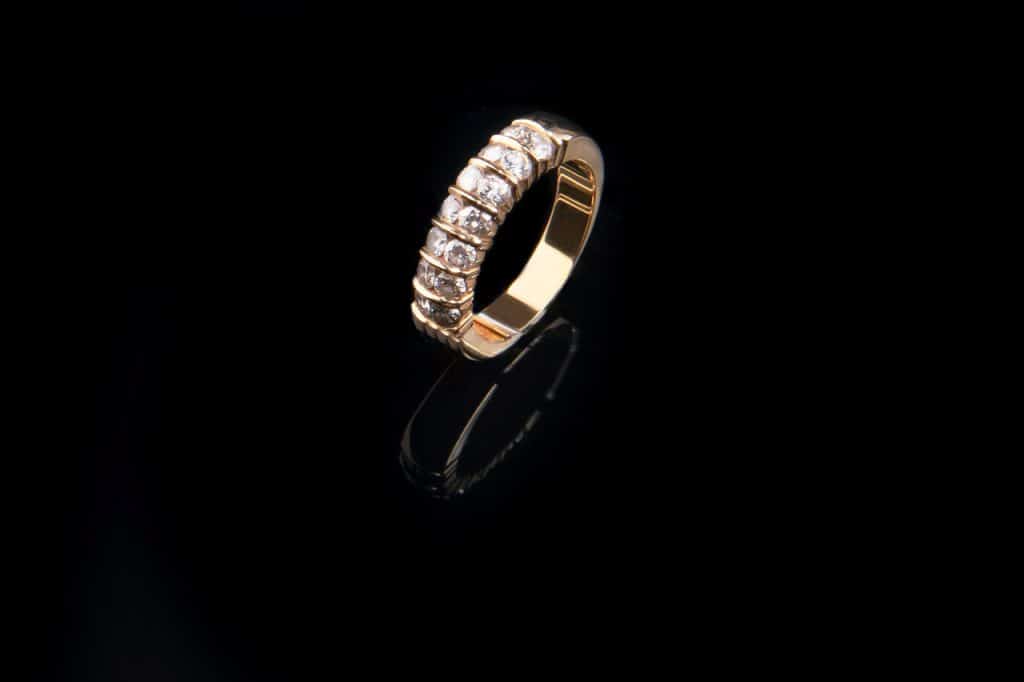
When photographing diamonds, you must usually use a very short distance, especially if you are photographing rings. It means you must correctly set the aperture. It is advised to use manual control rather than automatic settings.
Only by changing the aperture on your own can you achieve the most precise control over the depth of field.
The focus area will be significantly narrowed if you use the f/2.8 aperture. This allows viewers to focus their attention on specific details or elements of jewelry.
8. Control the Highlights

When it comes to photographing diamonds, photography can be especially fickle. Because such a surface reflects both the flashing of the softbox and the flash, the light can ruin the shot and result in bad jewelry photos.
Try installing your softbox or flash at different angles to avoid unwanted reflections. You may need to fully open the aperture, but you will avoid direct light spots. It is normal to have some skylight at the product’s edges and sides. However, when it is reflected directly on the surface, it appears unprofessional. If at all possible, use a constant light to avoid the problems associated with flash.
9. Make It Special
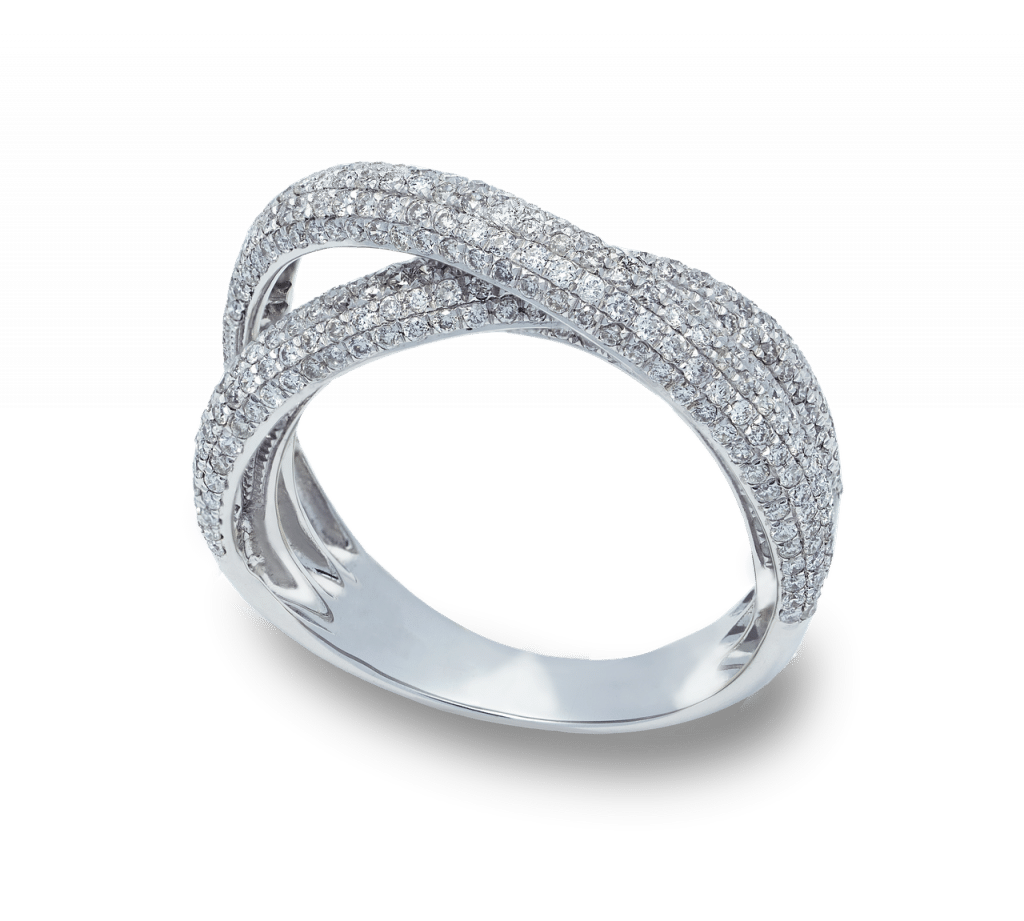
If you’re good at product photography camera settings, equipment, and other technical issues, you’re already halfway there. The emotional component of the image, on the other hand, is not to be overlooked.
You must be completely aware of the feelings and emotions that your image will elicit. According to experts, each gem and jewel is distinct and one-of-a-kind. As a result, you should capture them in such a way that their uniqueness and originality shine through as much as possible.
10. Be Careful with White Balance
You’re already halfway there if you’re good at product photography camera settings, equipment, and other technical issues. The image’s emotional component, on the other hand, should not be overlooked.
You must be completely aware of the feelings and emotions elicited by your image. Each gem and jewel, according to experts, is unique and one-of-a-kind. As a result, you should photograph them in a way that allows their individuality and originality to shine through as much as possible.
TO BE CONTINUE………………………….
Note: If you want to make some adjustments to the photo just let me know. I can do it for you at a very low cost. You can hire me to edit your photo.
LATEST POST
- What is Midjourney
 Discover the capabilities of Midjourney AI, learn how to effectively utilize the platform, and explore the advantages and disadvantages of the Midjourney AI image generator across its different pricing options.
Discover the capabilities of Midjourney AI, learn how to effectively utilize the platform, and explore the advantages and disadvantages of the Midjourney AI image generator across its different pricing options. - Brand identity elements
 In the vast marketing universe, imagery is pivotal in establishing and nurturing a brand’s identity. A brand’s visual choices are not merely aesthetic decisions but strategic moves that can significantly influence perception and performance. This Picfixs article explores the intricacies of selecting imagery that complements and enhances a brand’s essence, ensuring it resonates with the… Read more: Brand identity elements
In the vast marketing universe, imagery is pivotal in establishing and nurturing a brand’s identity. A brand’s visual choices are not merely aesthetic decisions but strategic moves that can significantly influence perception and performance. This Picfixs article explores the intricacies of selecting imagery that complements and enhances a brand’s essence, ensuring it resonates with the… Read more: Brand identity elements - 100 Best Mountain Captions and Mountain Quotes for Instagram
 Ready to scale new social media heights? Look no further than this treasure trove of 100 exhilarating captions and quotes, handpicked for your Instagram mountain posts!
Ready to scale new social media heights? Look no further than this treasure trove of 100 exhilarating captions and quotes, handpicked for your Instagram mountain posts! - Symmetry in Photography: A Creative Approach with Examples
 Delve into the enchanting realm of symmetry in photography as we showcase mesmerizing examples on our website. Experience the allure of perfectly mirrored images!
Delve into the enchanting realm of symmetry in photography as we showcase mesmerizing examples on our website. Experience the allure of perfectly mirrored images! - 11 Quarantine Photoshoot Ideas to Try at Home for Amazing Photos
 Looking for unique photoshoot ideas during quarantine? Explore the 11 creative suggestions that will help you capture unforgettable moments at home.
Looking for unique photoshoot ideas during quarantine? Explore the 11 creative suggestions that will help you capture unforgettable moments at home.
RELATED LINK


